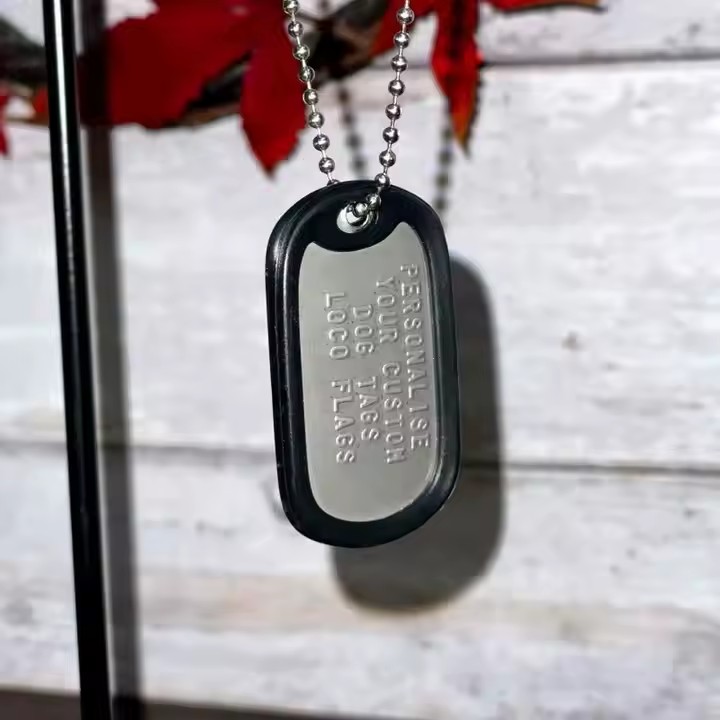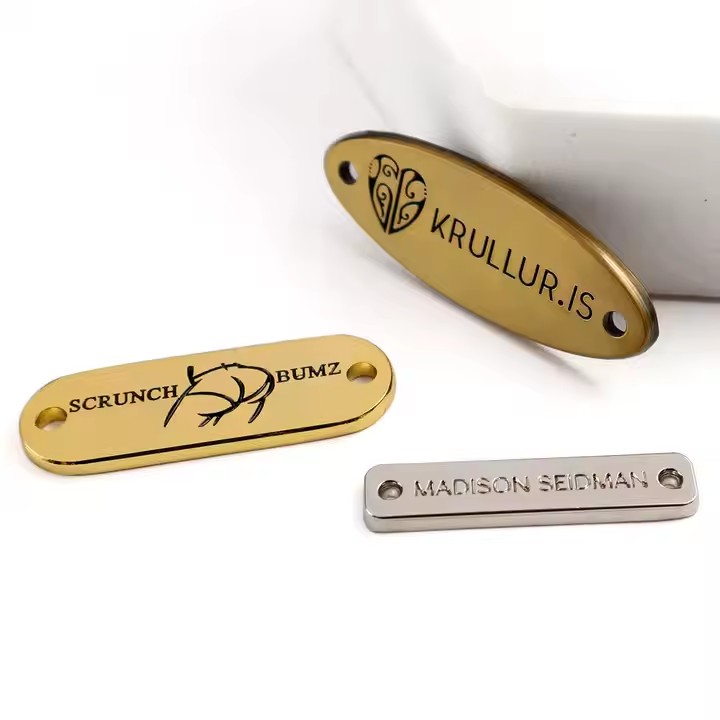

What is the Production Process for Engraved Metal Tags?
Engraved metal tags are essential in industries where permanent labeling, identification, or traceability is required. Whether used for asset tracking, machinery labeling, or branding, the quality of these tags depends heavily on the precision of their manufacturing process.
In this article, we walk you through the full production process of engraved metal tags — from initial design to final inspection — to help you understand what goes into making high-quality, custom engraved tags.
1. Design & Specification Confirmation
Every custom order starts with a detailed design file. Clients may submit vector artwork (like AI, DXF, or SVG) or describe their requirements in terms of:
-
Shape (rectangle, round, dog tag, custom)
-
Size & Thickness
-
Material (aluminum, stainless steel, brass, copper)
-
Text or logo to be engraved
-
Engraving type (laser or mechanical)
-
Finish requirements (brushed, anodized, polished)
Tip: Clear design communication ensures accurate production.
2. Material Preparation
Once the design is finalized, raw metal sheets are selected and cut based on the specified dimensions. Common materials include:
-
Anodized aluminum (for color and corrosion resistance)
-
Stainless steel (for durability)
-
Brass or copper (for aesthetics or conductivity)
The sheets are then cleaned and prepared for further processing.
3. Cutting or Shaping
Using CNC cutting machines, laser cutters, or die-cut molds, the blank tags are shaped according to the design:
-
Standard tags are punched or sheared
-
Custom-shaped tags are laser cut for precision
-
Holes, slots, or rounded corners are added here
Optional: Tags can be deburred or edge-polished at this stage.
4. Engraving Process
There are two primary engraving methods:
a. Laser Engraving
A high-precision laser beam removes a thin surface layer, resulting in clean, permanent marks.
-
Suitable for fine text, serial numbers, QR codes
-
Fast and consistent for high volumes
b. Mechanical (Rotary or CNC) Engraving
A rotating cutter physically carves into the metal, creating deeper etches.
-
Ideal for tactile applications or outdoor use
-
More resistant to wear in rugged environments
Note: Variable data (e.g., serial numbers) can be batch processed using automatic data files.
5. Surface Finishing
After engraving, tags may undergo various finishing processes:
-
Brushing: Gives a satin texture to aluminum or stainless steel
-
Anodizing: Adds color and corrosion resistance to aluminum
-
Polishing or sandblasting: Improves appearance or readability
-
Protective coatings: Optional clear coat to protect engraving
6. Adhesive, Fastening or Assembly (Optional)
Depending on the installation method, tags may be customized with:
-
3M adhesive backing
-
Pre-drilled holes for screws/rivets
-
Ball chains or keyrings
-
Zip ties or mounting plates
These options are usually pre-installed or packed separately for convenience.
7. Quality Control & Packaging
Before delivery, tags are carefully inspected for:
-
Engraving accuracy (spelling, alignment, clarity)
-
Dimensional precision
-
Surface defects (scratches, burrs, etc.)
Approved batches are cleaned, counted, packed in protective materials, and labeled for shipping.
Conclusion
The production of engraved metal tags is a detailed and customizable process that involves precision at every step — from design consultation to material selection, engraving technique, and finishing. A professional manufacturer ensures not just quality, but also flexibility in meeting client needs, whether for small orders or large OEM batches.
If you’re sourcing engraved metal tags in bulk, understanding this process helps you better communicate your requirements and assess supplier capabilities.




